Swimming pools have undergone significant transformations over time, evolving from simple water reservoirs to sophisticated recreational spaces with a multitude of innovative features and designs. Engineering, technology, and architectural expertise have all played a crucial role in shaping the diverse range of swimming pool designs available today, catering to varying needs, preferences, and activities. Further, advancements in water flow systems, disinfection techniques, and filtration technologies have revolutionized pool maintenance and water quality. This article delves into the world of swimming pools, exploring the latest types of pools, as well as contemporary disinfection methods, filters, and the importance of balancing tanks in ensuring optimal pool functionality.
Swimming Pool Designs: Types of Pools – By Usage
1. Infinity Pools

Infinity pools, also known as vanishing edge pools, offer an interesting visual effect where the water seems to blend seamlessly with the surrounding horizon. These pools are engineered with an overflow edge, allowing water to cascade into a catchment basin before being recycled back into the pool. Infinity pools are trendy in luxurious resorts and high-end properties, providing swimmers with a unique experience amidst breathtaking vistas.
2. Zero-entry Pools

Zero-entry pools also referred to as beach entry pools, ensure inclusivity and accessibility for all. Designed with a gentle slope from the pool deck into the water, these pools create a seamless transition, mimicking the feeling of walking into the pool from a sandy beach. Zero-entry pools are commonly found in water parks and resorts, easily welcoming swimmers of all ages and mobility levels.
3. Lap Pools
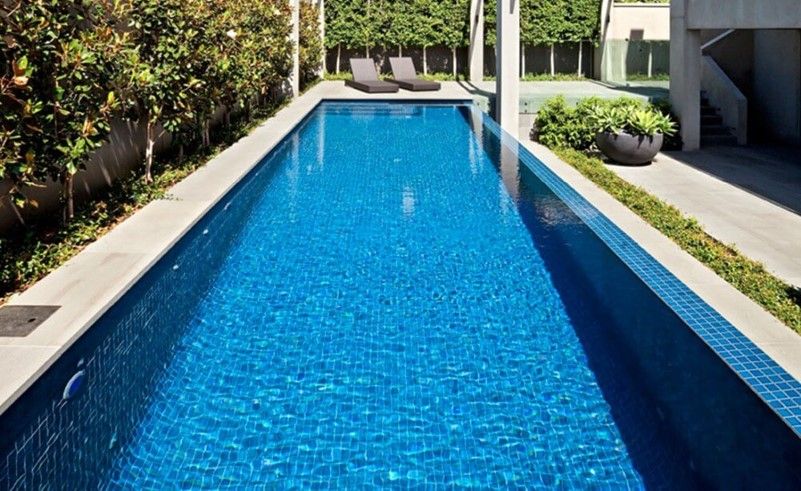
Lap pools, a prominent feature in swimming pool designs, cater to fitness enthusiasts with their elongated and narrow structure, ideal for uninterrupted lap swimming. Commonly found in fitness centers, schools, and private residences, lap pools provide swimmers with the perfect environment to refine their strokes and lap times, promoting an optimal workout experience.
4. Jacuzzi / Spa Pool
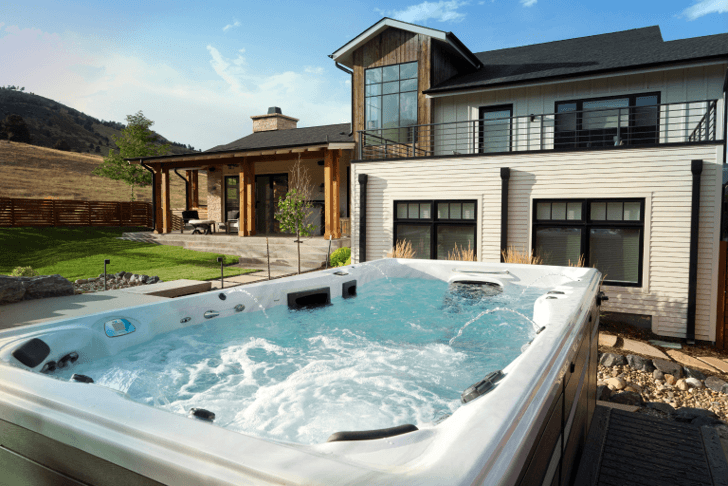
Jacuzzi or spa pools offer relaxation and rejuvenation, thanks to their heated water and therapeutic water jets. Frequently featured in hotels, resorts, and wellness centers, these pools provide soothing massages, helping to ease muscle tension and alleviate stress.
5. Hot Tubs
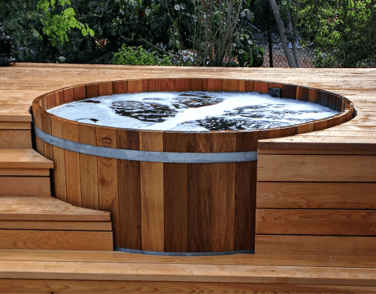
Hot tubs provide an intimate and cozy soak experience for a small group of individuals. Equipped with therapeutic jets, these portable pools are popular additions to private residences, offering a space for relaxation and intimate gatherings.
6. Natural Pool
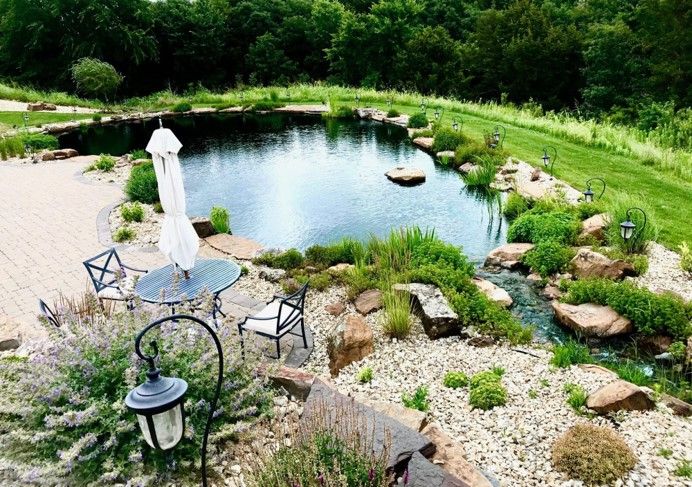
Natural pools, or swimming ponds, blend seamlessly with the environment, incorporating aquatic plants and bio-filtration systems to maintain water quality naturally. Embraced by eco-conscious individuals, natural pools create an immersive experience in a harmonious aquatic ecosystem.
7. Plunge Pools
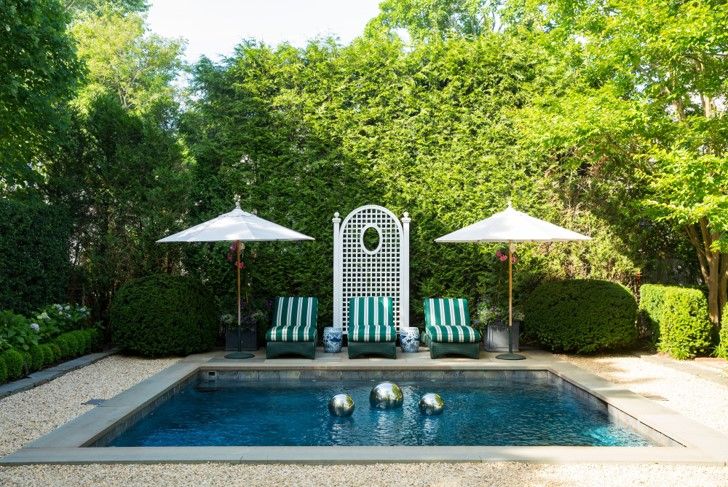
Plunge pools offer a refreshing oasis for quick dips and invigorating splashes. Characterized by their depth and smaller size, they complement saunas and hot tubs, providing a contrasting experience of water temperature.
8. Lagoon Pools

Lagoon pools feature irregular shapes, rock formations, and cascading waterfalls, simulating the ambiance of a tropical lagoon. Often found in resorts, lagoon pools create an exotic and tranquil setting for swimmers.
9. Grotto
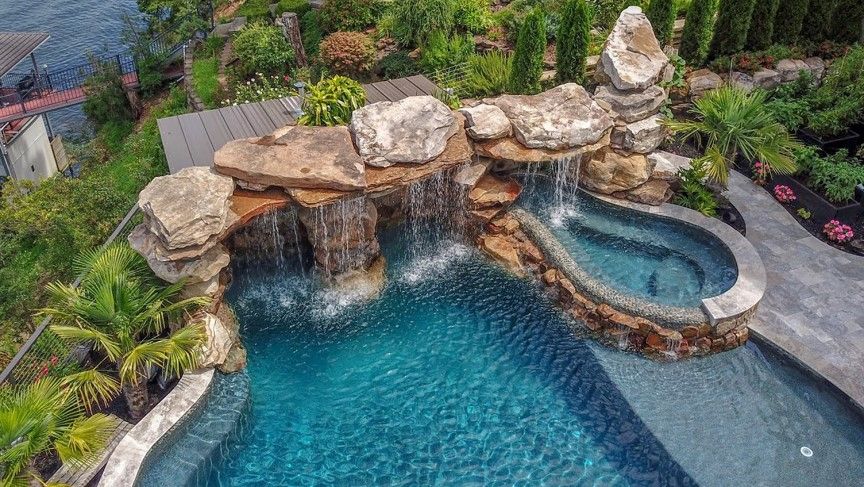
Grotto pools evoke a sense of adventure with cave-like structures, intricate rock formations, and integrated waterfalls. Grotto pools provide a unique and immersive aquatic experience reminiscent of ancient caverns.
10. Kids Pool
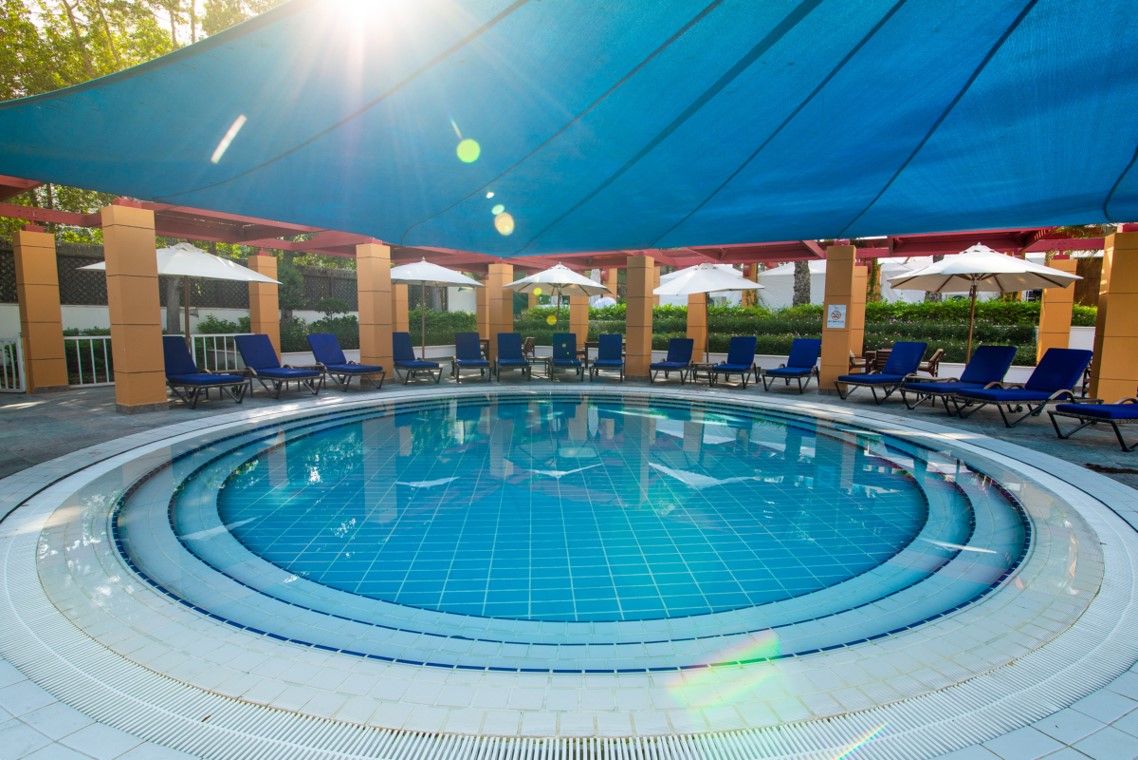
Designed with the safety and joy of young ones in mind, kids’ pools offer a playful environment for children to enjoy water activities under adult supervision. Shallow in depth and featuring entertaining elements, these pools provide a delightful water experience for youngsters.

Download the complete presentation
Learn also about Vitrified tiles -Types and its uses
Swimming Pool Designs: Types of Pool – By Water Flow
1. Skimmer Pools
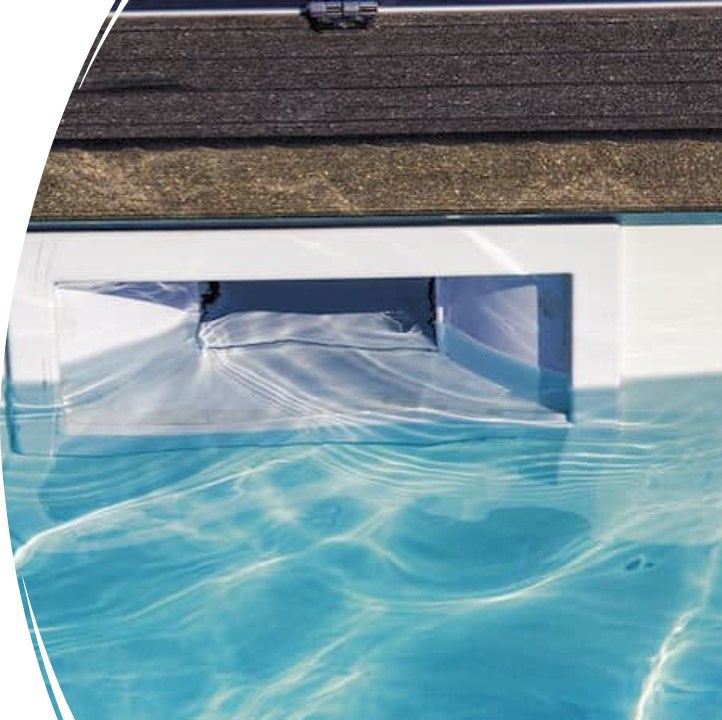
Skimmer pools are widely popular for their efficiency and ease of maintenance. Water is drawn from the pool’s surface through skimmer boxes, where debris and contaminants are captured. The water then undergoes filtration before returning to the pool, making skimmer pools a common choice for residential installations.
2. Overflow Pools

Overflow pools, or infinity edge pools, exude luxury and elegance. Water overflows from the edges into a concealed catchment basin before being filtered and recirculated back into the pool, creating an illusion of boundless aquatic beauty.
Also read article on Types of Paint : Choose the best for your home
Swimming Pool Designs: Skimmer vs. Overflow
When considering swimming pool designs, the choice between skimmer and overflow pools often comes down to design preferences and practicality. Skimmer pools are popular in residential settings due to their straightforward maintenance, while overflow pools are favored for their aesthetic appeal in upscale resorts and properties.
Skimmer Pools
Advantages
- Easy Maintenance: Skimmer pools are known for their straightforward maintenance. The skimmer boxes located at the pool’s edge effectively capture debris and contaminants from the water’s surface, making pool maintenance less time-consuming.
- Cost-Effective: Skimmer pools are generally more budget-friendly compared to overflow pools. Their simple design and installation process result in lower initial costs, making them an attractive option for residential pool owners on a budget.
- Wide Availability: Skimmer pools are the most common type of pool found in residential settings. Due to their popularity, finding pool equipment, spare parts, and professional maintenance services is easy, ensuring easy access to necessary supplies and expertise.
Disadvantages
- Visual Limitations: Skimmer pools have a visible pool edge, which may not offer the same seamless visual appeal as overflow pools. The presence of the skimmer boxes and their noticeable effect on the water’s surface can be a design limitation for those seeking a more sophisticated look.
- Water Level Fluctuations: Skimmer pools are more susceptible to water level fluctuations due to evaporation and splashing. Pool owners need to monitor and adjust the water level regularly to maintain proper pool operation and ensure the skimmers function effectively.
Overflow Pools
Advantages
- Aesthetic Appeal: Overflow pools, also known as infinity edge or vanishing edge pools, offer a stunning visual effect. The water appears to merge seamlessly with the horizon, creating a captivating illusion of boundless aquatic beauty. This aesthetic feature makes overflow pools a favored choice for upscale resorts and high-end properties.
- Efficient Water Circulation: Overflow pools maintain a constant water level due to their catchment basin that collects and recirculates overflow water. This steady water level ensures efficient filtration and reduces the risk of equipment damage caused by low water levels.
- Enhanced Water Filtration: The continuous overflow process in these pools contributes to better water filtration. As water overflows from the edges, it carries with it any surface debris and contaminants, leading to improved water clarity and quality.
Disadvantages
- Higher Cost: Overflow pools generally come with a higher price tag compared to skimmer pools. Their intricate design and catchment basin require additional construction and investment, making them a premium option that may not fit every budget.
- Complex Maintenance: The intricate nature of overflow pools can make maintenance more complex than skimmer pools. The hidden catchment basin and water recirculation system may require more attention and expertise during routine maintenance and repairs.
- Limited Availability: Overflow pools are less common than skimmer pools, which means finding specialized equipment and professionals experienced in their maintenance and repair might be more challenging in some regions.
Types of Overflow
1. Infinity Overflow
Infinity overflow pools amplify the allure of infinity pools with their mesmerizing vanishing edge. Water gracefully cascades over the pool’s perimeter, creating an optical illusion of a seamless merge with the horizon, leaving swimmers in awe of the breathtaking views.

2. Zero Edge Overflow
Zero-edge overflow pools push design boundaries, allowing the water to extend to the very edge of the pool, imparting a mirror-like effect. The seamless integration of the pool and surroundings makes zero-edge overflow pools an artistic masterpiece in aquatic architecture.
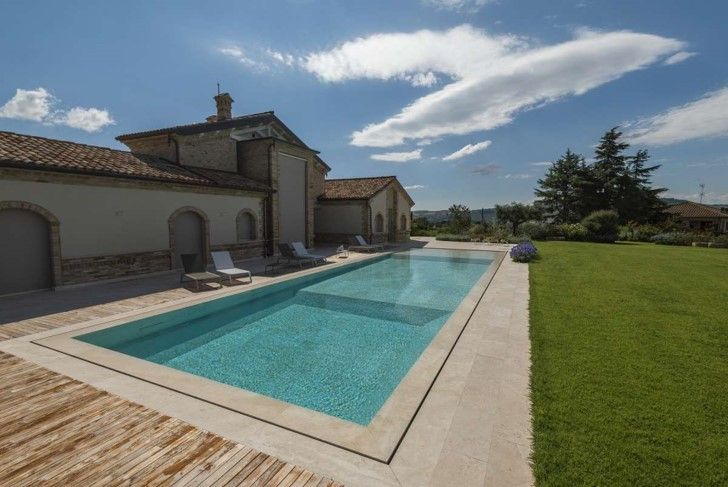
3. Underflow or Hidden Flow
Underflow or hidden flow overflow pools exude subtlety and simplicity, ingeniously concealing overflow channels or slots for an attractive cascading effect. These pools create a sense of serenity and elegance, appealing to those who value minimalist aesthetics.
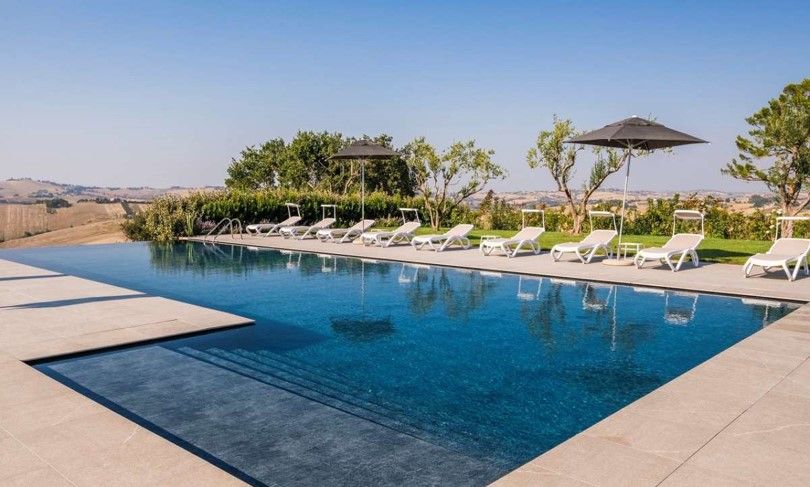
4. Traditional Overflow
Traditional overflow pools feature perimeter channels or gutters to capture overflowing water, ensuring it is efficiently filtered and directed back into the pool. These pools combine functionality with timeless aesthetics, embracing classic design principles.

5. Raised Overflow
Raised overflow pools epitomize contemporary allure, with water overflowing over the pool’s raised edge into a surrounding channel, creating a harmonious integration of pool and water flow.
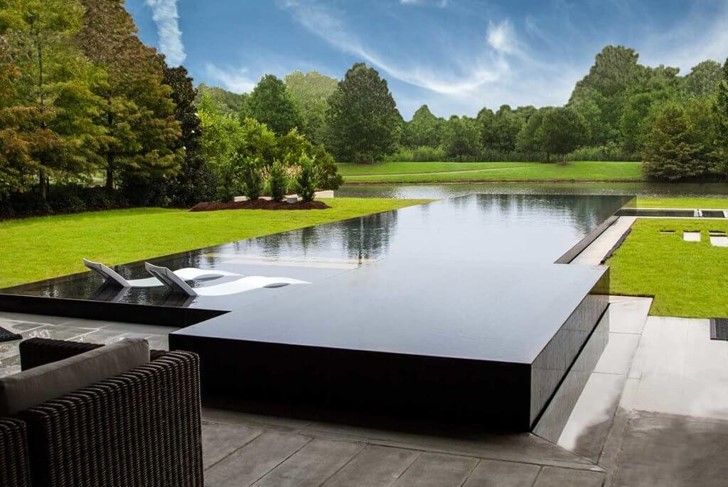
Types of Disinfection
1. Ozonization
Ozonization involves using ozone gas, a powerful oxidizing agent, to disinfect pool water. Ozone effectively destroys microorganisms, bacteria, and viruses, while also breaking down organic matter in the water. This method offers a chemical-free alternative to traditional chlorine-based disinfection, providing swimmers with a more environmentally friendly and gentle water treatment.

2. Ionization
Ionization disinfection employs metal ions, such as copper and silver, to sanitize pool water. These metal ions possess antimicrobial properties, effectively controlling algae and bacteria growth. Ionization is an innovative approach that complements traditional disinfection methods, reducing the reliance on chlorine and minimizing its byproducts.
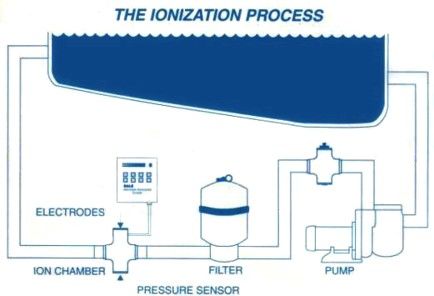
3. Chlorination
Chlorination remains one of the most common methods of pool disinfection. Chlorine compounds, such as chlorine gas or sodium hypochlorite, are added to the water to kill bacteria and other pathogens. Despite the popularity of alternative disinfection methods, chlorination remains a reliable and cost-effective way to maintain pool water hygiene.

4. Salination
Salination involves the use of a salt chlorinator to convert salt in the water into chlorine. This continuous and automated chlorination process reduces the need for adding chlorine manually, making pool maintenance more convenient. Salination provides swimmers with water that has a milder taste and reduced irritation compared to traditional chlorinated water.

5. UV Disinfection
UV disinfection utilizes ultraviolet light to destroy microorganisms and pathogens in the water. This method enhances water quality and complements other disinfection techniques, offering an additional layer of protection against harmful organisms. UV disinfection is known for its effectiveness in breaking down chlorine-resistant microorganisms, making it a valuable asset in pool water treatment.


Download the complete presentation
Swimming Pool Designs: Types of Swimming Pool Filters
1. Sand Filter
Sand filters employ fine sand as a filtration medium to trap debris and particles as water passes through. This simple and cost-effective filtration method is popular among pool owners due to its reliability and ease of maintenance. Sand filters are capable of removing large particles and can be cleaned by backwashing the system.

2. Cartridge Filter
Cartridge filters use replaceable cartridges made of pleated fabric to filter out impurities. These filters offer finer filtration compared to sand filters, capturing smaller particles and providing cleaner water. Cartridge filters require less frequent backwashing and are easier to clean, making them a popular choice for those seeking low-maintenance filtration.

Difference between Sand Filter & Cartridge Filter
The main difference lies in their filtration capacity and maintenance requirements. While sand filters are suitable for removing larger particles and require periodic backwashing, cartridge filters offer finer filtration and need less frequent cleaning. The choice between the two filters depends on the pool’s size, bather load, and maintenance preferences.
Balancing Tank / Surge Tank

Working Methodology
Balancing tanks, also known as surge tanks, play a critical role in maintaining water balance and hydraulic stability in the pool. During heavy rainfall or high bather load, excess water is diverted into the balancing tank to prevent overflow. When the water level in the pool decreases, the water from the balancing tank is returned, ensuring a steady water level and optimal pool operation.
Pool Water Turnover Rate
The pool water turnover rate, a vital aspect of swimming pool designs, refers to the time taken to circulate the entire volume of water in the pool through the filtration system. It is crucial for maintaining water quality and safety for swimmers. A higher turnover rate ensures more efficient removal of impurities and chemicals, contributing to a healthier swimming environment. The ideal turnover rate varies depending on factors such as pool size, bather load, and usage, striking a balance between water quality and energy consumption.
Swimming pools have evolved into sophisticated recreational spaces, offering a myriad of features and designs to cater to diverse preferences and needs. The interplay of engineering, technology, and architecture has driven innovation in swimming pool designs, creating a wide range of pool types to suit various purposes and environments. Advancements in water flow systems have not only improved the aesthetic appeal of pools but also enhanced their functionality and efficiency. The adoption of alternative disinfection methods, such as ozonization and ionization, reflects a growing concern for environmental awareness and swimmers’ well-being. With the ongoing pursuit of sustainability and improved user experiences, the future of swimming pool designs promises even more exciting innovations to enhance water quality, safety, and visual aesthetics for generations to come.
Learn more about House Construction in India
Swimming Pool Sizes
Sizes for various swimming pools such as inground, above ground, olympic, lap pool etc are highlighted below.
|
Pool Type |
Common Depths |
Popular Sizes (in feet) |
|
Inground |
3 – 10 feet |
16 x 32, 18 x 36, 20 x 40 |
|
Above ground |
3 – 5 feet |
10, 16, and 24 feet in diameter |
|
Olympic |
7 – 10 feet |
154 x 82 |
|
Lap |
4 – 10 feet |
10 x 40, 8 x 50, 6 x 40 |
|
Plunge |
5 – 7 feet |
6 x 10, 8 x 12, 8 x 20 |
|
Endless |
4 – 8 feet |
9 x 15, 12 x 18, 15 x 20 |
|
Freeform |
4 – 10 feet |
12 x 30, 15 x 35, 18 x 40 |
|
Small |
4 – 6 feet |
6 x 10, 8 x 12, 12 x 20 |

Download the complete presentation
Hope you have found value reading the article on swimming pool designs. We would like to hear your comments or feedback at [email protected].
For consulting opportunities and collaboration please reach our consulting firm Architecture Ensemble Design Studio or at [email protected]
To engage yourselves in interesting articles, click here






